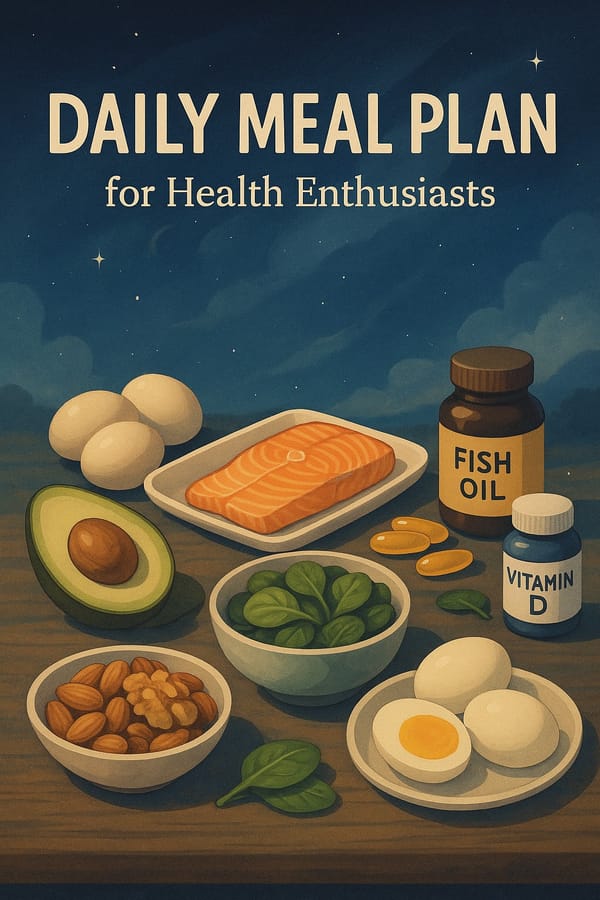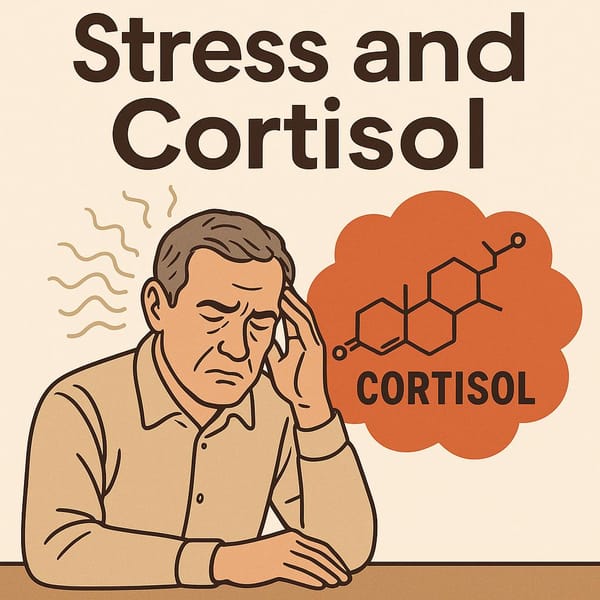Types of Fatty Liver, Causes, and Self-Management Strategies

What is Fatty Liver?
Fatty liver disease (FLD) is a condition where excessive fat accumulates in liver cells. Normally, liver fat should not exceed 5% of the liver's weight. If it exceeds this threshold, it can lead to severe health problems such as liver inflammation or cirrhosis.
Types of Fatty Liver
Fatty liver is classified into two main types:
- Alcoholic Fatty Liver Disease (AFLD)
- Caused by excessive alcohol consumption, which disrupts the liver's fat metabolism.
- Can lead to alcoholic hepatitis and cirrhosis.
- Non-Alcoholic Fatty Liver Disease (NAFLD)
- Occurs due to non-alcohol-related factors such as obesity, diabetes, high blood pressure, or excessive consumption of fat and sugar.
- If severe, it can progress to non-alcoholic steatohepatitis (NASH), which can cause liver fibrosis and liver cancer.
Causes of Fatty Liver
- Dietary Habits: High intake of saturated fats, simple carbohydrates, sugar, and refined starches.
- Obesity and Metabolic Syndrome: High abdominal fat increases the risk of fatty liver.
- Diabetes and Insulin Resistance: These conditions impair fat metabolism, leading to fat accumulation in the liver.
- Genetics: Some individuals have a genetic predisposition to fatty liver disease.
- Medications: Certain drugs such as steroids, cholesterol-lowering medications, and chemotherapy agents can contribute to fatty liver.
Self-Management Strategies
- Dietary Adjustments
- Reduce trans fats and saturated fats found in fried foods, baked goods, and processed snacks.
- Cut down on sugar and refined carbohydrates such as white rice, white bread, and sugary drinks.
- Increase the intake of vegetables, fruits, and high-quality proteins such as fish, lean meats, nuts, and eggs.
- Stay hydrated and avoid alcohol consumption.
- Regular Exercise
- Engage in aerobic activities such as running, swimming, or cycling to help burn fat stored in the liver.
- Strength training improves muscle mass and helps regulate blood sugar levels.
- Weight Management
- Gradual weight loss (0.5-1 kg per week) is effective in reducing liver fat.
- Avoid extreme diets, as rapid weight loss can stress the liver and worsen fatty liver conditions.
- Fat Reduction Strategies for Existing Fatty Liver
- Increase consumption of liver-friendly foods such as omega-3 fatty acids (found in salmon and tuna), fiber-rich vegetables and fruits, and antioxidant-rich foods like green tea.
- Engage in high-intensity interval training (HIIT) to enhance fat metabolism and effectively reduce liver fat levels.
- Consider vitamin and mineral supplementation, such as vitamin E, which has antioxidant properties and may help reduce fatty liver.
- Regulate blood sugar levels by managing carbohydrate intake and choosing low-glycemic index foods.
- Avoid behaviors that worsen fatty liver, such as sleep deprivation and chronic stress, which can increase fat accumulation in the liver.
- Lifestyle Modifications
- Ensure adequate sleep (7-8 hours per night).
- Manage stress through meditation, yoga, or regular physical activity.
Does Intermittent Fasting (IF) Cause Fatty Liver Due to Free Fatty Acids?
Intermittent fasting (IF) is a popular dietary approach for weight loss and overall health improvement. However, some concerns suggest that IF may contribute to fatty liver in certain cases:
- Prolonged fasting increases fat metabolism, leading to a rise in free fatty acids (FFA) in the bloodstream.
- Excessive FFAs may be reabsorbed into the liver if not metabolized efficiently.
- If IF is done improperly, such as consuming high-sugar and high-fat meals after fasting periods, it may promote fatty liver.
Recommendations for IF Practitioners to Prevent Fatty Liver
- Choose nutrient-dense foods: Focus on high-protein meals, vegetables, and healthy fats such as olive oil, avocados, nuts, and fish.
- Avoid high-sugar and trans-fat foods, which can promote liver fat accumulation.
- Maintain a balanced nutrient intake: Avoid drastic calorie deficits or excessive fasting periods.
- Incorporate exercise: Regular workouts help metabolize FFAs and prevent fat buildup in the liver.
Conclusion
Fatty liver disease can develop from both alcohol-related and non-alcohol-related factors, including poor diet, lack of exercise, and metabolic disorders. Preventing and reducing fatty liver involves dietary improvements, regular exercise, weight management, and overall health maintenance. For those practicing IF, proper food selection and regular physical activity are crucial to minimizing the risk of fatty liver caused by excess free fatty acids.



